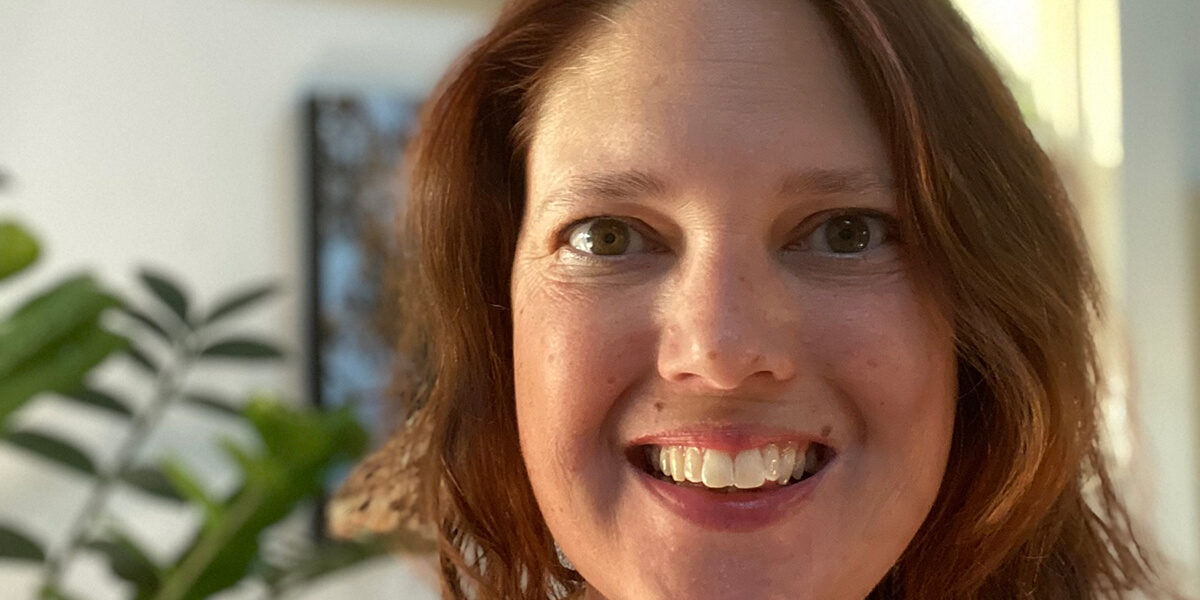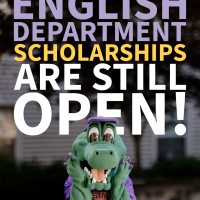English Professor Fights to Keep Truth Alive in Post-Truth Age

“A lie can travel halfway around the world while the truth is still putting on its shoes,” the old saying goes. These days, thanks to the internet, lies lap the truth even more quickly: A 2019 study from the Massachusetts Institute of Technology Media Lab found that falsehoods are 70 percent more likely to be retweeted than the truth, and false tweets reach their first 1,500 people six times faster.
Tara Lockhart, San Francisco State University’s director of writing programs, wants truth to start winning the race — and she’s working to even the odds. A professor of English Language and Literature, Lockhart is co-editor of “Literacy and Pedagogy in an Age of Misinformation and Disinformation” (Parlor Press), a new guide for educators. The book, available for free download, includes essays and interviews with experts on information literacy from education, activism, journalism and more. (SF State Senior Assistant Librarian Nicole Allensworth contributes a chapter on the role of librarians and a bevy of critical information literacy strategies.)
In the era of post-truth rhetoric, teachers must help students learn to approach texts with skepticism and gain a deep understanding of how information circulates, Lockhart says. She recently shared more of her insights into the vital part educators can play in the battle against lies.
What are your definitions of misinformation and disinformation?
The difference relies on intent. Misinformation is inaccurate information. But disinformation intends to deceive or misrepresent — sometimes for financial gain, sometimes for political gain, sometimes to mess with democracy and create instability. There is an added level of maliciousness in disinformation. Misinformation can just be a mistake, a typo or something that’s decontextualized.
What are the consequences when disinformation is widespread?
People start to distrust government, institutions, distrust their neighbors, [and] they turn to fear-based rhetoric about certain populations or certain kinds of people. Then we lose some of that common ground, that common fabric, that is essential to a democracy.
But people can also be duped. Now, propaganda or disinformation can be surrounding you. We think of research that’s come out about echo chambers and our little social bubbles on social media. You can be in a whole world filled with disinformation and perhaps not even realize it.
Having more accurate information — or being able to discern what is accurate and weigh different types of information against each other — might lead you to do something like get a vaccine that might save your life. Or not be sucked into a fringe political element that might in some way endanger your life. … I think that most people, even people who are attracted to something like a conspiracy theory, like to think they want more information. The more information, the better. But the critical ability to use discernment comes into play.
Let’s consider a practical question that educators might ask. Can students cite Wikipedia as a source in their papers?
That’s a perfect example. It goes to that “rule-based” information literacy that has previously guided how we teach. “No Wikpedia sources. Ever. Banned. Bad.” Right?
Instead of that, the articles and interviews in this book foreground the critical information literacy perspective. This more critical approach helps us get inside that Wikipedia entry. Let’s see what the citations are. Let’s see what the editing history is. Let’s see who’s editing it. Which parts of the entry have been deleted, erased, updated? And given all of that context, we can verify whether that information on that Wikipedia entry is pretty valid or not. [If] I wrote my own entry for myself [laughs] with no one else weighing in on it, it’s of course much less valid.
What’s crucial is teaching students how to conduct that behind-the-scenes work and bringing a critical lens to it. That’s more important versus the “rule.” Black and white rules may make teaching and learning easier, but they’re a shortcut to students actually learning how to gauge the truth of information, and understand the impacts of how information is created and circulated, for themselves.
